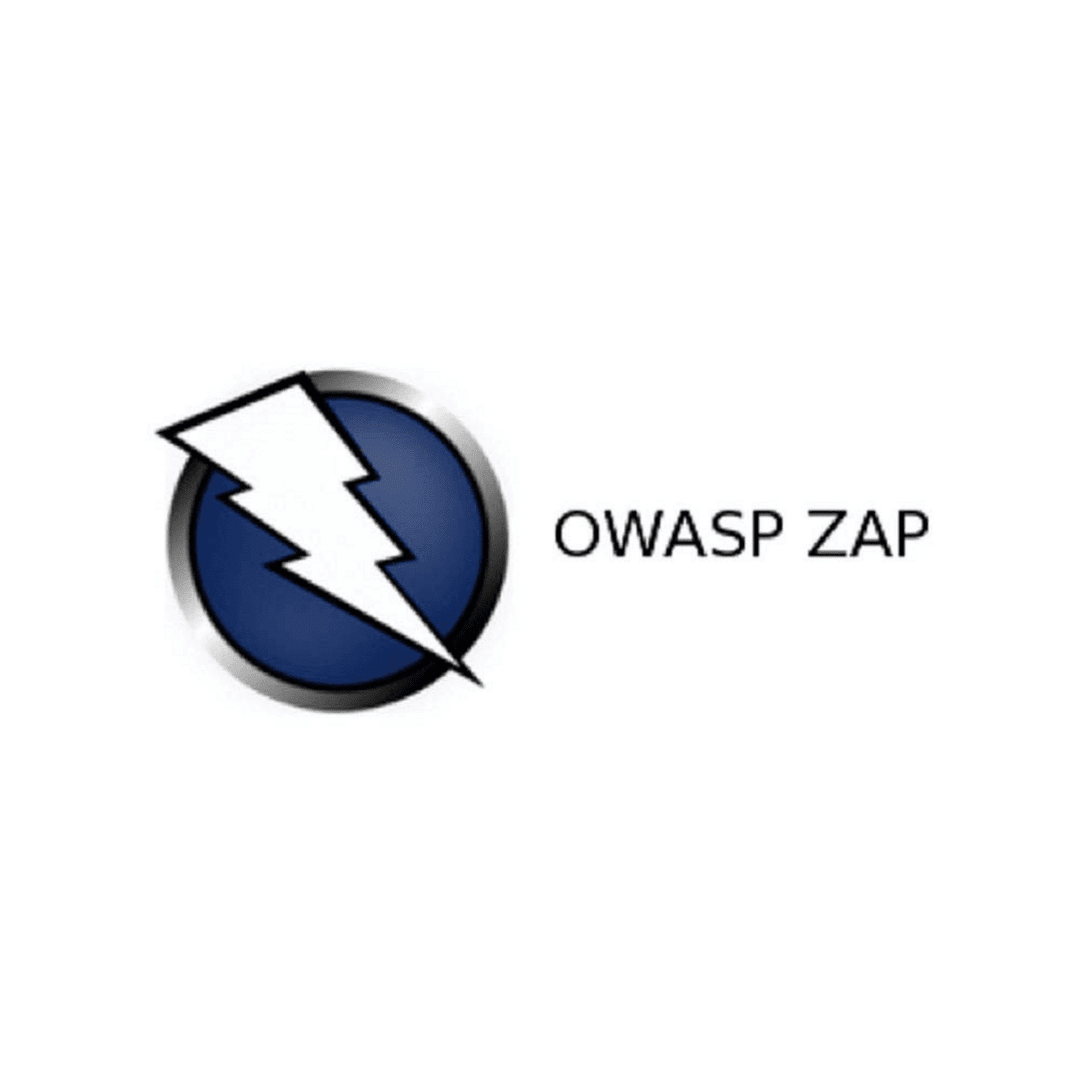OWASP ZAP
The world's most widely used web app scanner. Free and open source. A community based GitHub Top 1000 project that anyone can contribute to.

OWASP ZAP is an open-source web application security scanner developed by the Open Web Application Security Project (OWASP). It is designed to help security professionals and developers identify vulnerabilities in web applications during development and in production. ZAP is widely recognized as one of the most popular tools for web application security testing.
Key Features
1. Active and Passive Scanning
- Passive Scanning: Monitors and analyzes HTTP traffic for potential vulnerabilities without interfering with the application.
- Active Scanning: Actively probes web applications for vulnerabilities like SQL injection, XSS, and CSRF.
2. Intercepting Proxy
- Acts as a man-in-the-middle proxy to capture, modify, and replay HTTP/HTTPS requests and responses.
- Useful for testing the security of application behavior.
3. Automated Testing
- Supports automated scans for web applications with predefined or custom scan policies.
- Ideal for CI/CD pipelines to integrate security testing into the development lifecycle.
4. Extensibility
- Plugin-based architecture allows users to extend ZAP's capabilities.
- Includes a marketplace for adding custom tools and scripts.
5. User-Friendly Interface
- Features a GUI for interactive security testing and an API for automation.
- Suitable for both beginners and advanced users.
6. Comprehensive Reporting
- Generates detailed reports of identified vulnerabilities, including risk levels and remediation advice.
Use Cases
- Web Application Security Testing: Identify common web application vulnerabilities like SQL injection, XSS, and session flaws.
- Security Testing in Development: Integrate ZAP into DevSecOps workflows for continuous testing during development.
- Manual Penetration Testing: Use the proxy and scripting capabilities for in-depth, manual application assessments.
- API Security Testing: Scan REST, SOAP, and GraphQL APIs for vulnerabilities.
How It Works
- Setup ZAP: Install OWASP ZAP on your machine and configure it as an intercepting proxy.
- Capture Traffic: Use ZAP to capture HTTP/HTTPS traffic between the browser and the web application.
- Run Scans: Perform passive or active scans to identify vulnerabilities.
- Analyze Results: Review the detailed vulnerability findings and prioritize remediation efforts.
- Integrate with DevSecOps: Use the ZAP API or command-line interface to automate security tests.
Advantages
- Free and open-source, making it accessible to individuals and organizations of all sizes.
- Beginner-friendly interface with powerful features for advanced users.
- Regular updates and active support from the OWASP community.
- Flexible integration options for both manual and automated testing.
Limitations
- Active scanning can be time-consuming for large or complex applications.
- Requires additional expertise for creating custom rules or plugins.
- Limited support for non-standard application architectures.
OWASP ZAP is an essential tool for web application security testing. Its versatility, active community support, and extensibility make it a favorite among penetration testers and security-conscious developers.
> Visit OWASP ZAP Website <
